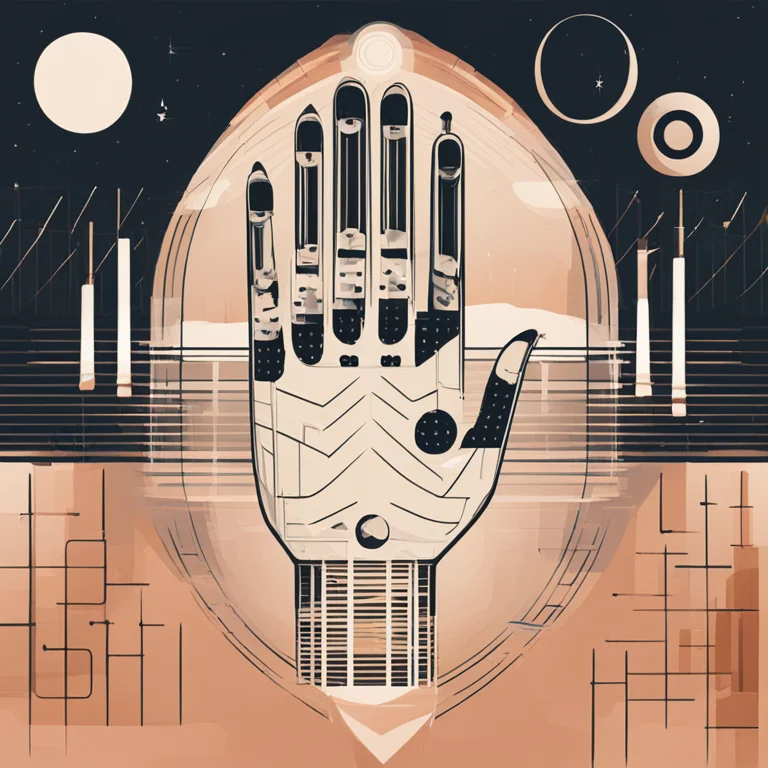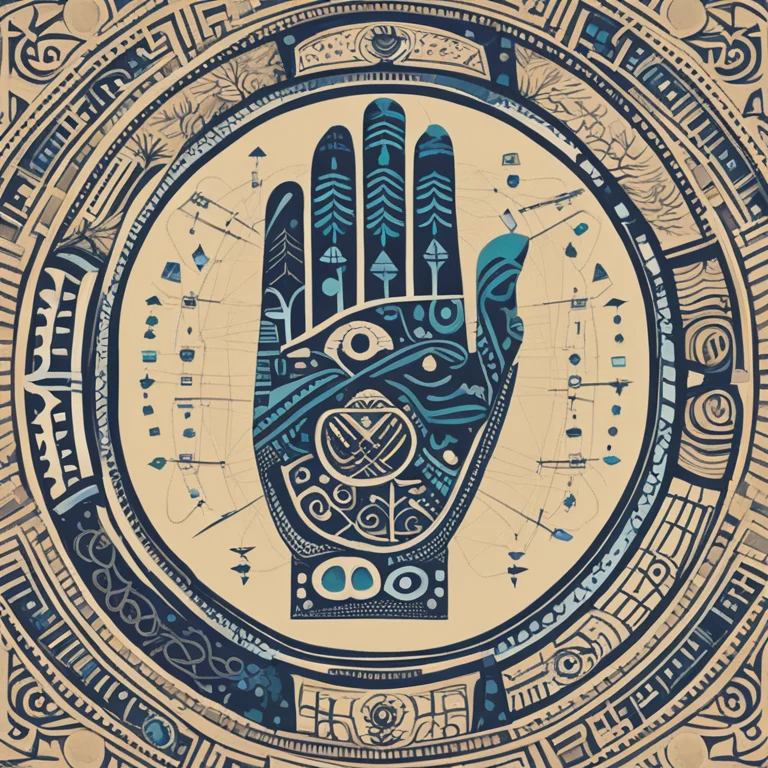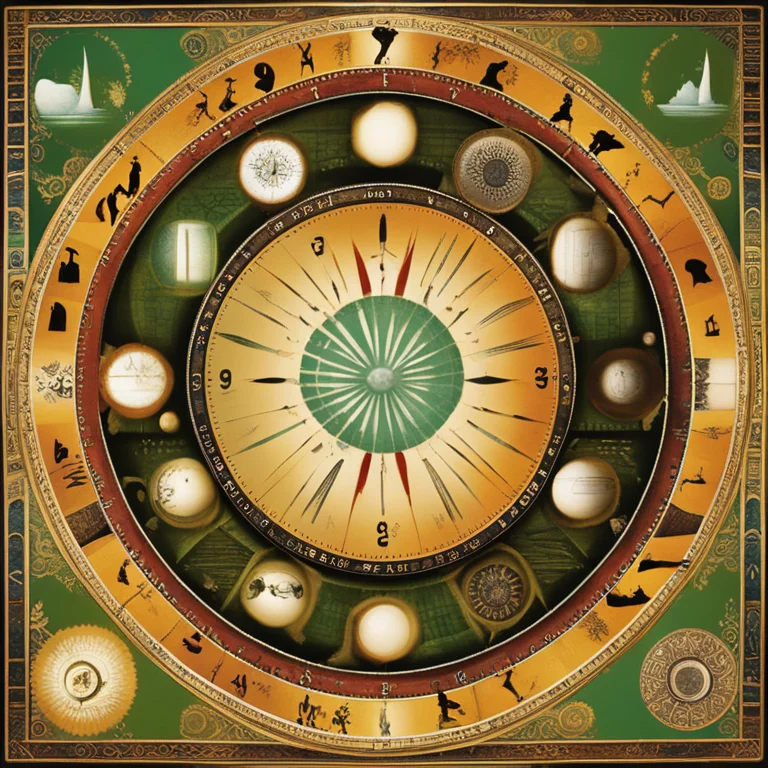
The Origins of Palmistry: Tracing Its Historical Start
Delve into the ancient practice of palmistry to uncover its origins and the journey it has taken through history, from ancient mystique to modern fascination.
article by Nora Pennington
The Dawn of Palmistry
Many forms of divination have captivated human interest over the millennia, but few are as intimate and personal as palmistry. This ancient practice, also known as chiromancy, involves the study of the palm to foretell a person's future and discern their character. The precise commencement of palmistry is shrouded in the past, but evidence suggests that it has early roots in varying cultures. Traces of palmistry have been found in artifacts from ancient India, China, and Egypt, implying that it may have started over 5,000 years ago. These ancient civilizations held the belief that the hand could reveal a person's intrinsic traits and life's path, making palmistry a cross-cultural phenomenon from its inception.

Scriptures and Palm Lines
The earliest written records of palmistry are attributed to the Vedic texts of India. Such texts date back to approximately 3,000 BCE and establish the interconnectedness of the universe and the individual. They held that the lines on one's palm were not mere creases of skin but encoded messages from the gods. As the practice evolved, it spread to China, Tibet, Persia, Egypt, and later to ancient Greece, where Aristotle allegedly took an interest in it after finding a manuscript on the subject en route to an altar of Hermes.

The Expansion and Evolution of Palmistry
With the advent of Alexander the Great's conquests, palmistry expanded to many corners of the known world. Throughout the Middle Ages, however, the practice would face suppression, closely associated with the occult and condemned by the church. Despite setbacks, palmistry survived, re-emerging during the Renaissance when renewed interest in humanism and science provided fertile ground for studying hands as a reflection of the human psyche. The 19th century saw another revival of palmistry, particularly in Western Europe, where figures like Captain Casimir Stanislas D'Arpentigny and Adrien Desbarolles would lay the foundation for modern palmistic studies.

Modern-Day Palmistry
Today, palmistry is embraced by a diverse following, from the spiritually curious to those seeking self-awareness. Technological advancements have also allowed palmistry to evolve; digital scanning and analysis offer new ways to explore the secrets of the palm. While skeptics dismiss palmistry as pseudoscience, its popularity endures, and the methods used by modern palmists are as varied as they were centuries ago.

Critical Perspectives
Palmistry, like many esoteric practices, sits at the intersection of mysticism and personal insight. Critics argue that there is a lack of empirical support for its effectiveness as a tool for prediction. Nevertheless, practitioners and followers of palmistry highlight the value found in introspective reflection that the process facilitates. The subjective interpretation aspect of palmistry serves as both a point of contention and charm that keeps the practice alive through the decades.
Published: 1/11/2024
Modified: 1/12/2024
More predictions
Come back here soon to learn more about yourself and your future


The Basics of Palm Reading: A Beginner's Guide
Discover the basics of palm reading in this comprehensive guide aimed at beginners interested in the ancient practice of palmistry.


Guide to Palm Reading: Lines and Interpretations
Discover the ancient art of palmistry with our concise guide to reading palms and understanding their meaning for life and personality insights.


The Secrets of Palmistry: Interpreting Hand Reading Lines
Delve into the fascinating world of palmistry and discover what your hand reading lines reveal about your destiny, personality, and future.